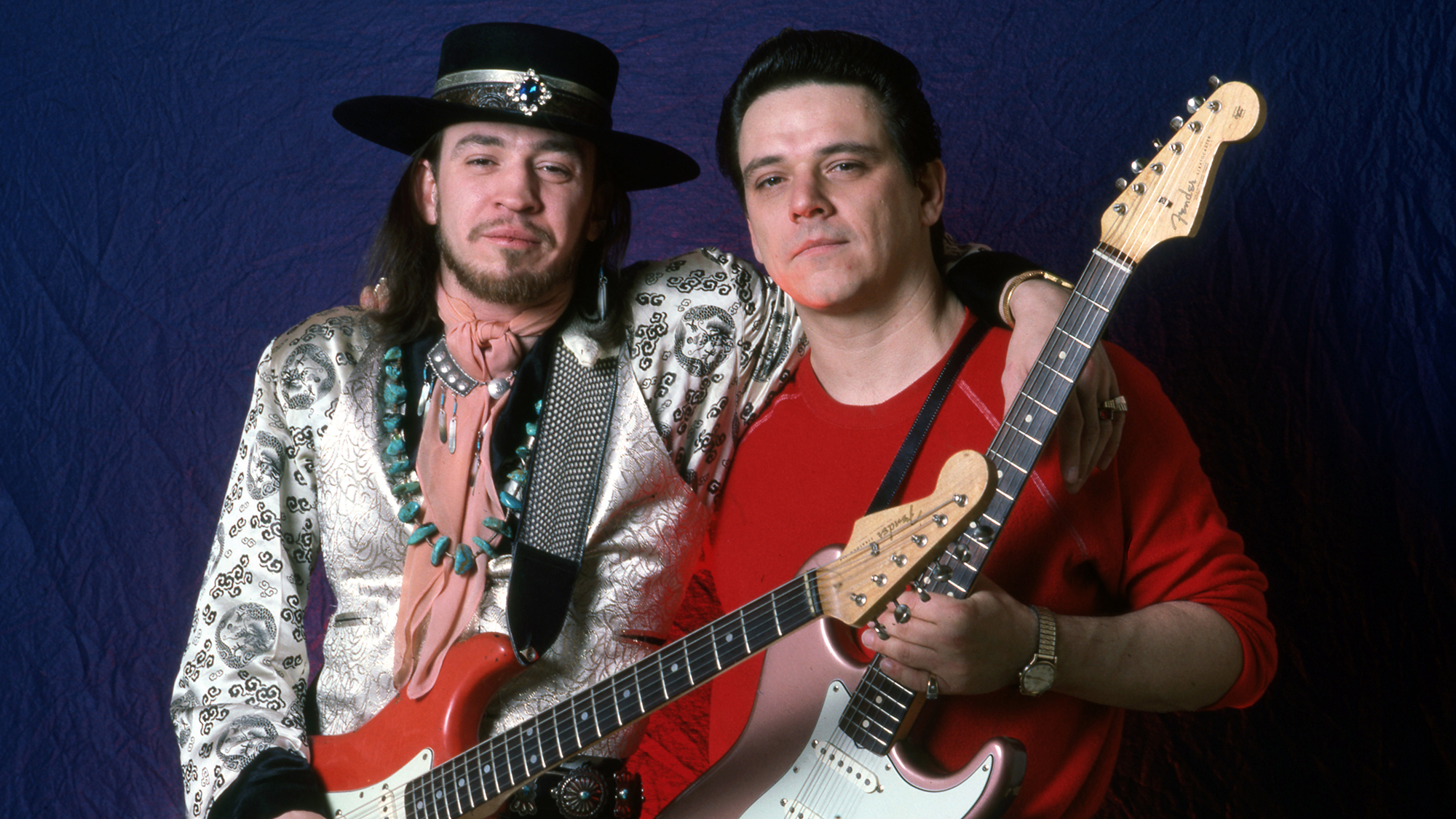“If Slash had picked up a Strat, or stuck with his BC Rich, Gibson would have taken a different turn… Him playing a Les Paul changed the course of the company”: Behind the scenes of the most pivotal moments in Gibson’s history
Gibson’s in-house history buffs – Mat Koehler and Jason Davidson – shine a light on the big ‘what ifs?’ and crucial turning points of the firm’s storied past
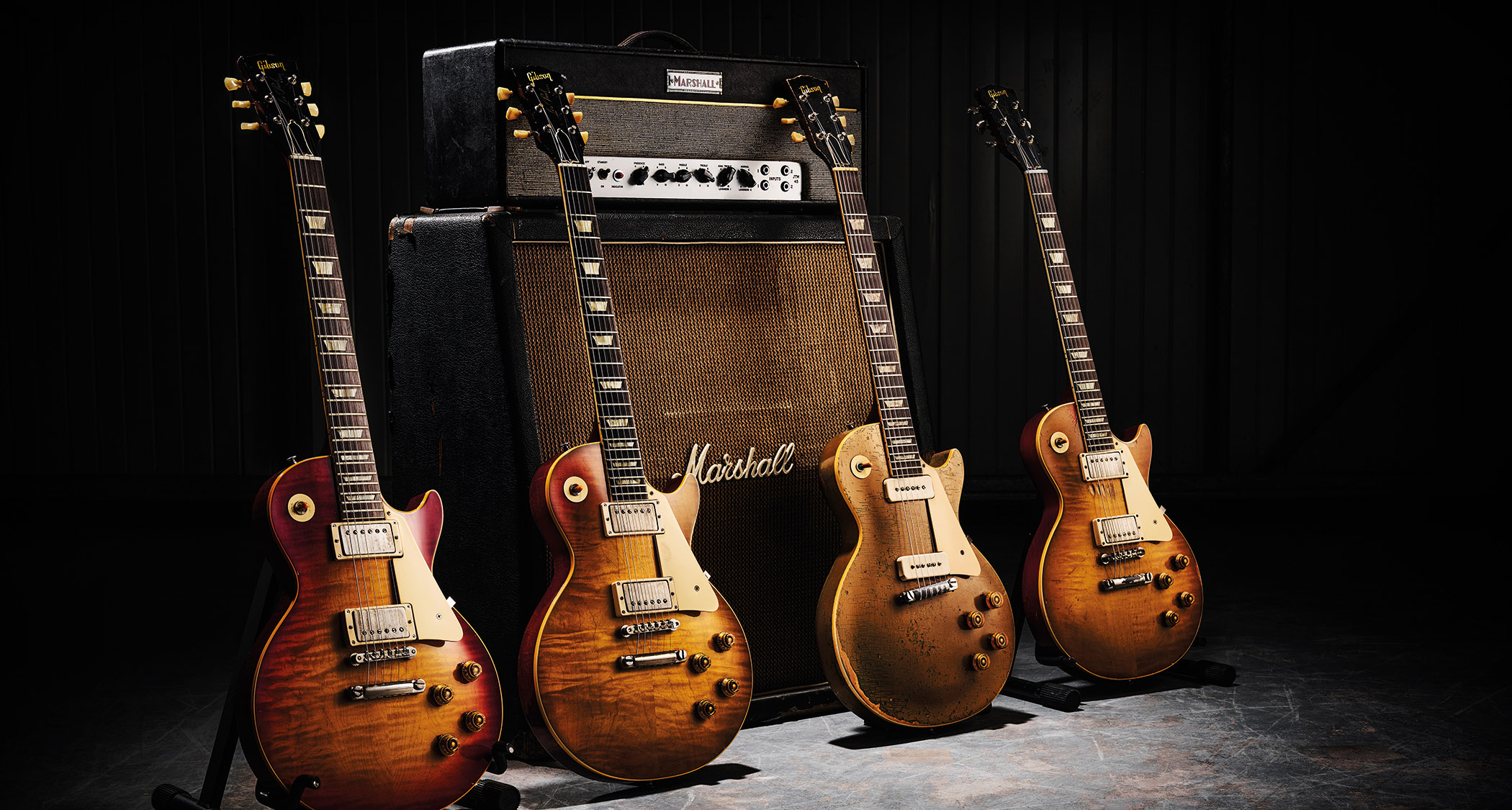
There are guitar companies as old as Gibson but few who have made such a breadth of classic instruments – from mandolins and archtops to iconic solidbody electrics, debonair jazz guitars and sweet-strumming acoustic guitars.
So if you’ve ever struggled to get a handle on exactly how key events unfolded in over a century of guitar making by the company, you’re not alone. Indeed, the guitar-playing public would never have been privy to many of the factors that shaped the company’s evolution.
But decisions that got made in the boardrooms of the 50s and 60s and on the factory floor at Kalamazoo, and the personalities who shaped the company’s fortunes, gave us the iconic guitars we know and love today just as much as famous musicians did.
That’s why we invited two of Gibson’s most knowledgeable experts on its history – vice president of product, Mat Koehler, and director of product development and Gibson archives curator, Jason Davidson – to sit down with us so we could find out everything you wanted to know about Gibson but were afraid to ask…
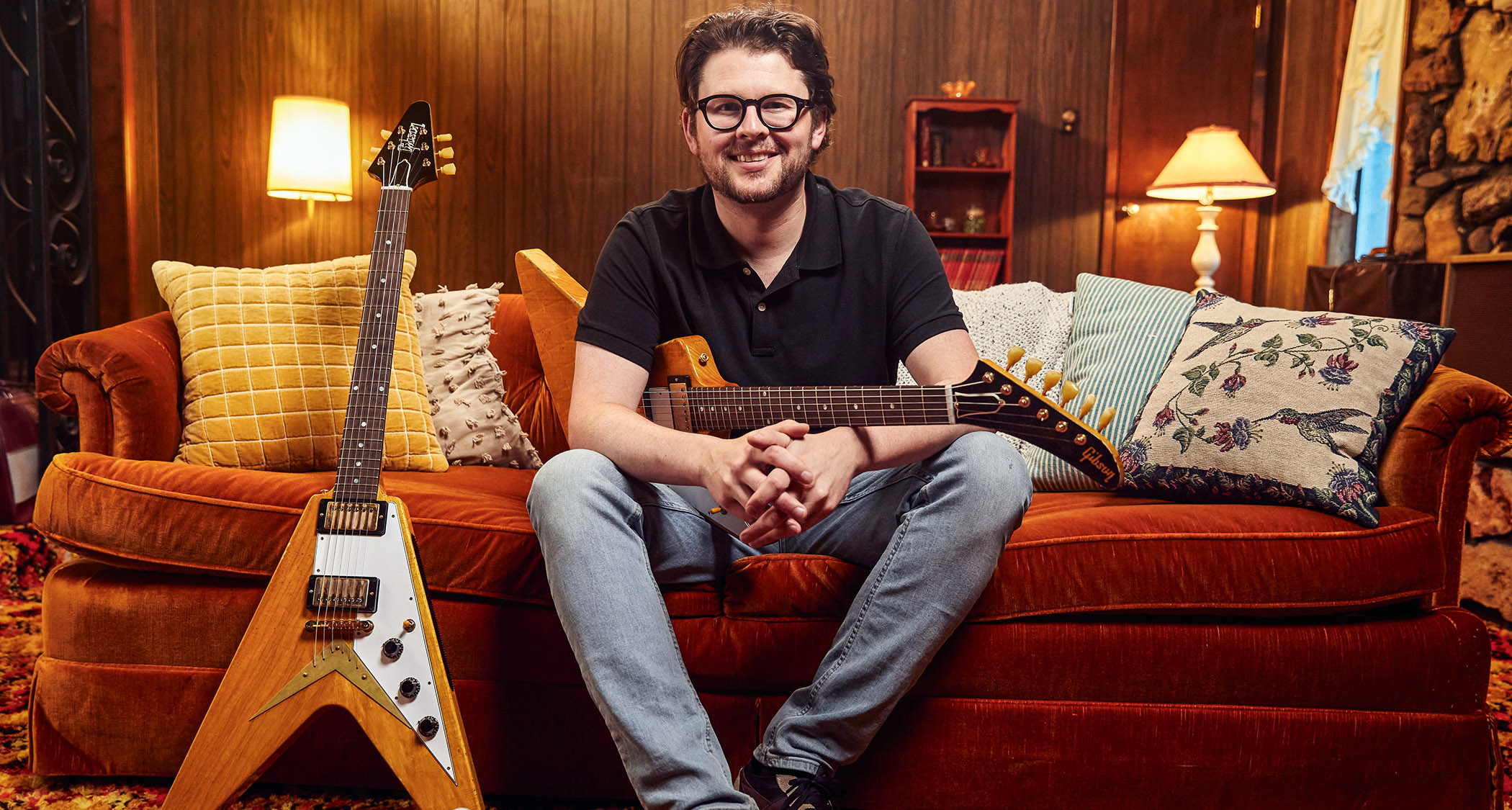
Gibson began life as a mandolin company, essentially. In what ways did mandolin making influence how the company went on to make guitars in your view?
Mat Koehler: “Orville Gibson came up in a time where mandolins were probably the most popular stringed instrument. So, for me, the mandolins are just fundamental to the history of Gibson of being there [to serve] every major genre that developed, especially in America. Orville Gibson was an actor, too, so this theme of adapting, improvising, was part of who he was and his identity.”
Jason Davidson: “Yeah, and I think Orville was open not to just mandolins. I think Orville would have built any instrument that either came to his imagination or that was requested of him because, you know, there’s mandolins and there’s the lute that was famous on his early labels… there’s the harp guitars, there’s the traditional six-string guitars that he built – all using the same principles.”
Get The Pick Newsletter
All the latest guitar news, interviews, lessons, reviews, deals and more, direct to your inbox!
Mat: “Yeah, supposedly the lute was actually a mandolin, but it was just shaped like a lute.”

Gibson’s trailblazing work with f-hole archtops in the 1920s was a hugely important step for the company. To what degree was Lloyd Loar responsible for that leap forward?
Mat: “I think Loar gets a lot of credit for what, ultimately, was putting f-holes on the guitar. I mean, that’s definitely his legacy; he’s ‘Mr F-Hole’ [laughs]. Which is not something that sounds that glamorous, but that lineage continues to this day, obviously, especially on our ES models, the 335s, and so on.
To me, that was Orville’s greatest contribution: the carved approach to creating guitars
Mat Koehler
“So it all kind of began with Lloyd Loar there and that fusion of violin-making mentality with what Orville created, which was this [concept of a] carved-top guitar, a lot of the time made from a single piece of wood.
“So, to me, that was Orville’s greatest contribution: the carved approach to creating guitars. A lot of time he was using huge pieces of American walnut for that. He was all about trying to find the most resonant properties of a stringed instrument.
“Loar was definitely a scientist in his approach as well, and it just happened to be that the fusion of violin-making techniques and Orville’s archtop design worked out beautifully.”
Fender relied on country artists to help develop its sound – would it be fair to say that jazz guitarists played an equivalent role in the evolution of Gibson as a guitar maker?
Mat: “Yeah, broadly speaking, the most popular guitarists of the day were jazz guitarists, which is incredible to think about when we look at how small the audience size is for jazz music today.
“But, again, it goes along with innovation – these are hard bop, bebop guitarists like Tal Farlow or the Western Swing guitarists like Billy Byrd and Hank Garland – guitarists who really took the music to the next level with some virtuosity and new thinking.
“Whereas I think Leo was doing something a little bit more local to that area [Fullerton], while Gibson was working with musicians in New York and Chicago and New Orleans and other hubs of jazz, so it kind of got them a little bit broader reach.”
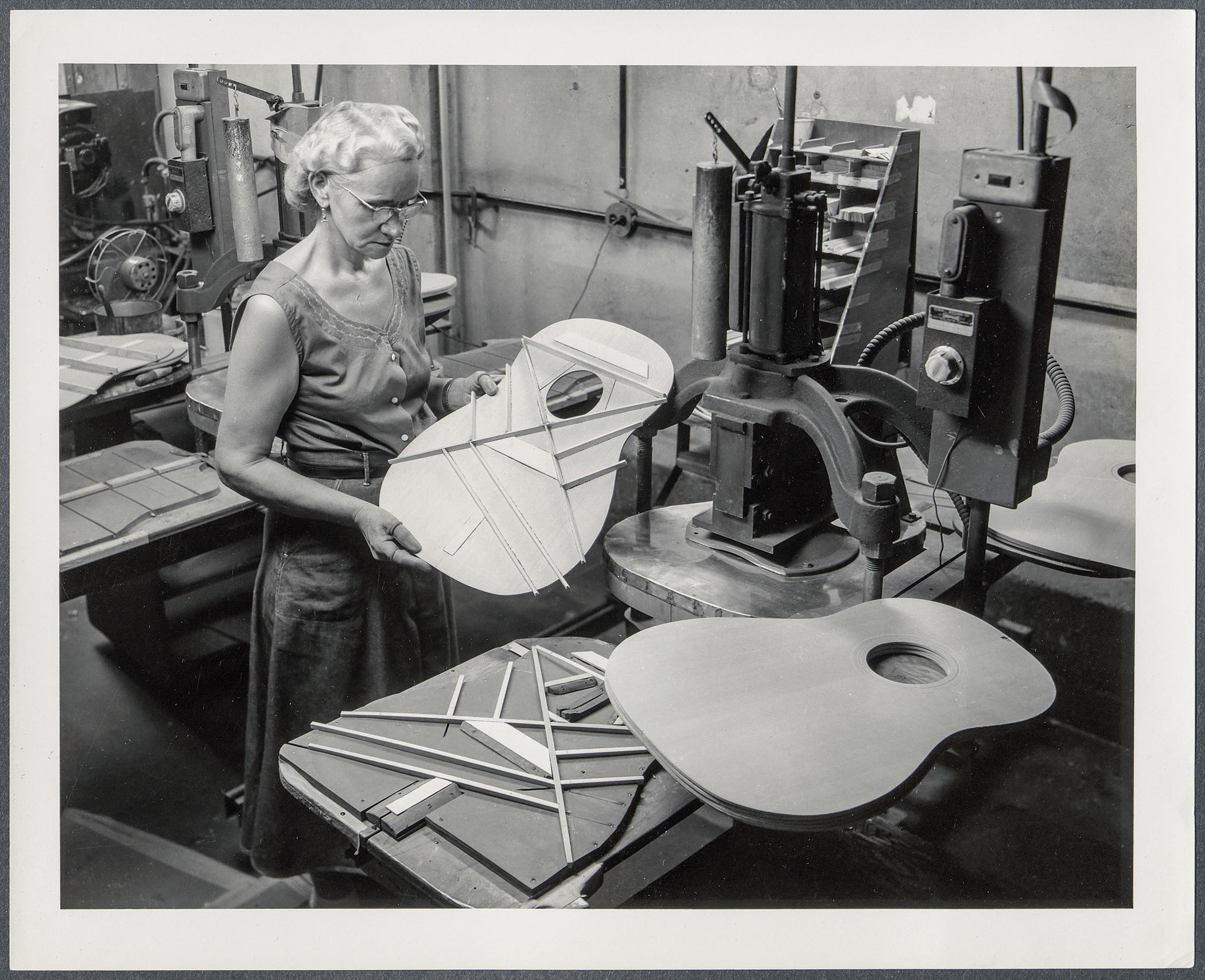
We’ve spoken about Fender having its roots in West Coast country music and Gibson in the jazz scene – do you think that, during the 1950s, the customers for Fender and Gibson were different people as well? Or were they both competing for the same market?
Mat: “I think eventually they were [competing]. But, you know, with Gibson making guitars in Kalamazoo, [its development as a maker] was steeped in the techniques of immigrant furniture makers in the area.
It just so happened that solidbody guitars became all the rage, firstly, because of the volume levels involved in the rock ’n’ roll movement: early rock depended on that
Mat Koehler
“And it was a similar kind of thing with Gretsch in New York, where classic, old-school construction techniques met changes in popular music. And I think even Leo was emulating Paul Bigsby in a lot of what he did. So, again, he was just trying to take what was popular near him and make something of it – and not really knowing what would happen.
“But it just so happened that solidbody guitars became all the rage, firstly, because of the volume levels involved in the rock ’n’ roll movement: early rock depended on that, and you can’t really use a big old archtop with a monkey-on-a-stick pickup to blast some rock ’n’ roll!
“So it had to evolve and, fortunately, I think Gibson was right there, and clearly the deal with Les Paul in 1951… I mean, there was no bigger guitarist at the time. They really keyed into what was popular.”
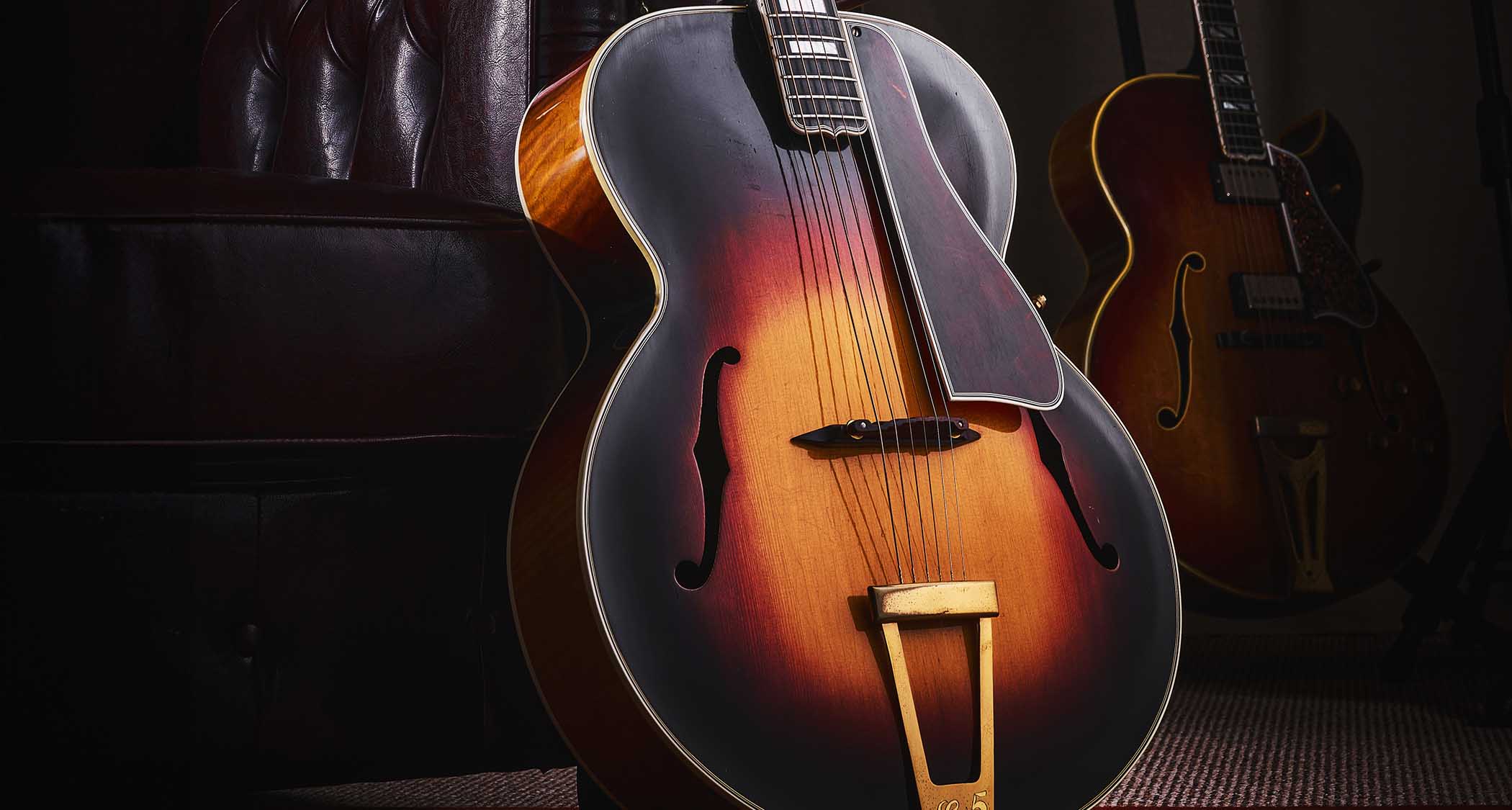
When do you think Gibson reached full maturity as an electric guitar maker?
Jason: “Maturity? I would think the late ’50s – 1957 to ’58 – with all the new solidbody designs and the release of the humbucking pickup. That, I think, is the full maturity. There was still more to go, with the Firebird several years later and other solidbodies down the line, but that is where we reached the top of the mountain.”
Mat: “Yeah. We had more of a model-year mentality in those days because we were trying to find a good footing [in the solidbody market]. And at various stages of Gibson’s more recent history, we’ve done the same. It’s just, like, ‘Let’s try to develop more different styles and takes and variations, try to home in on what works and what’s going to be the most relevant tool for artists.’”
Plenty’s been said elsewhere, including previous issues of this magazine, about the development of the original single-cut Les Paul model in 1952. Les Paul himself helped guide the design process for that guitar, but less has been written about the inception of the Gibson SG, which was much more of a purely in-house effort. What drove Gibson to make such a bold departure from the single-cut Les Paul, do you think?
Mat: “I was going to say it’s part of that model-year mentality that I mentioned earlier where [it was seen as critically important to regularly] revise the portfolio. What else happened in 1960? All slim necks, so that was definitely sales feedback. That’s the CMI team in Chicago and the sales network giving feedback of, ‘We want faster-playing necks,’ and so that clearly happened – and the SG style, I think, happened as a result of that.
“But it was also about showing off new capabilities – because, by that time, they had expanded the factory twice, there were three buildings now in 1960, and I know that there were new – what we would call CNC today – but just new carving capabilities that they wanted to show off with the SG.”
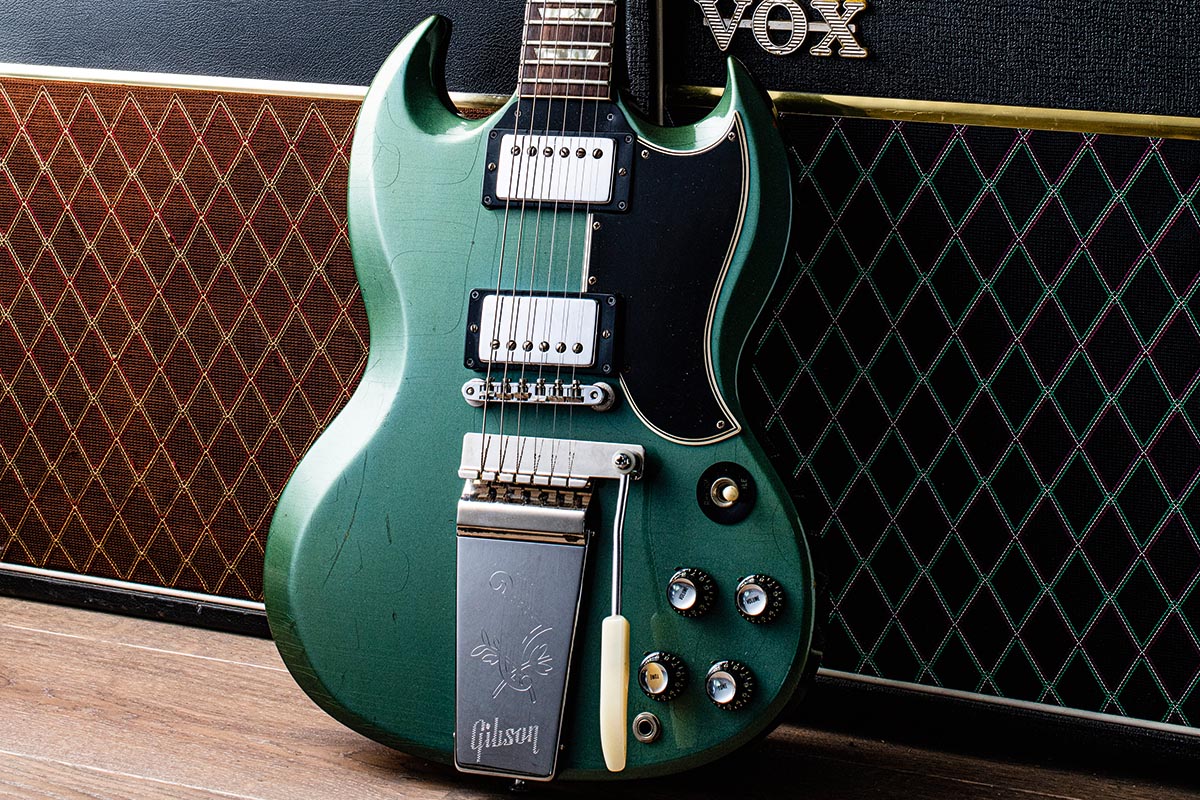
“Also, if you think about it logically, it’s definitely a departure in terms of looks, but also the body wasn’t bound like a Les Paul, in that sharp cutaways are hard to bind, so maybe [binding] was presenting challenges in production [that Gibson wanted to dispense with].
“So that’s how I think about it today: what else was going on that maybe prompted this design? As we know, the best designs come about by necessity, and that’s why the SG has had such a long run that continues today – they got it right the first time. Even the side-pull trem did a great job of balancing that body, and then later the Maestro tailpiece.
“I really think the in-house team spent some time on the SG; I don’t think it was just a rough concept that made it into production. It was clearly a very, very refined concept, and we attribute a lot of that to Larry Allers, who was one of the woodworking engineers at Gibson.”
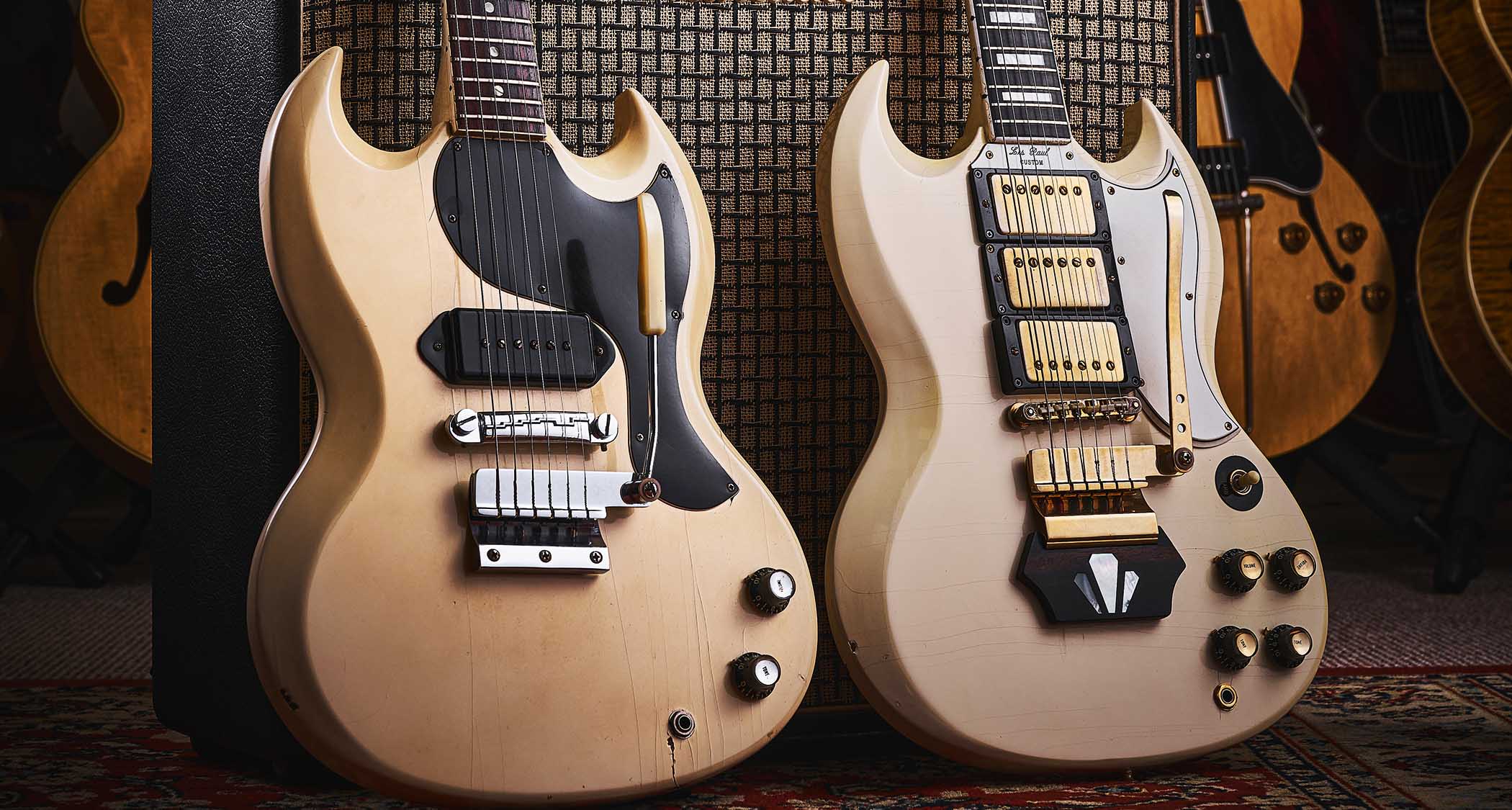
Do you think that the short production life of more radical designs such as 1958’s Explorer and Flying V meant Gibson got cold feet about innovating at that time?
Jason: “No, I don’t think it was getting cold feet. I think [those guitars] were viewed as experimental at the time. They may have sold even more guitars than they thought they would have initially. So I think it was a success in their mind. I don’t think it was viewed as a flop. I think it was just showing what we could do.”
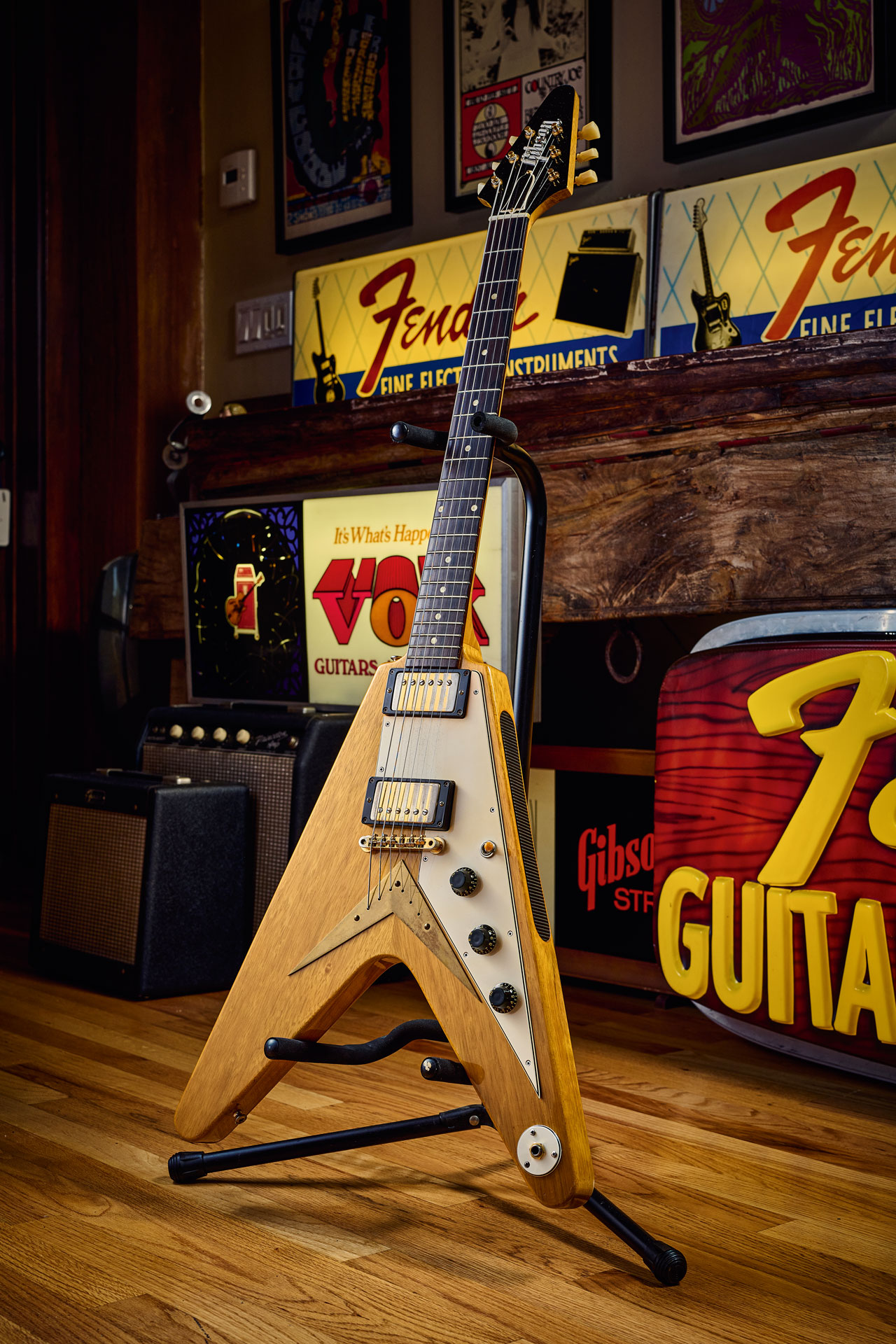
By the middle of the 60s, you had Clapton and Bloomfield playing ’Bursts and literally kickstarting an interest in ’Bursts that continues to this day. So when Gibson relaunched production of single-cut Les Pauls in 1968, why did it go with black Les Paul Customs and Goldtops, rather than ’Burst reissues?
Mat: “I think it’s because they were working with Les Paul, and he was like, ‘I’ve never played a sunburst one’ [laughs]. I think that’s what it was. It was probably that simple. Jason, do you have any thoughts on that?”
Jason: “I don’t really have a theory on it. I’d hope it wasn’t because someone in R&D was tone-deaf to the music and the players at the time. It could simply have been that the dealers were asking for Les Paul Customs. Because I think that if dealers were asking for and ordering sunburst Les Paul Standards, Gibson probably would have responded, you know? Which they eventually did.
“But maybe they were scrambling at first and trying to get a sense of what they needed to build, and maybe the dealers that they initially talked to or the salespeople they were hearing back from were saying, ‘Goldtops and Les Paul Customs’. So it could have been a result of that because it wasn’t much longer after that that they started making sunburst models again. Albeit not to the specs of the 1959 Standards – but they were at least bringing something back.”
What were Gibson’s best-selling guitars through the ’50s and ’60s? Do you have a sense of that?
Mat: “By volume, it’s going to be the more entry-level guitars. In the ’50s, maybe the ES-125 – pretty humble guitars that are not the most identifiable today or the most famous today. Certainly, on the solidbody side, it’d be the Les Paul Junior. So if you’re going to go by volume [number of units sold], the lower-priced models are often the ones that are the most popular – and that’s true today, too.
“But I would say in terms of the most hallowed and revered models – in the ’50s and ’60s anyway – were definitely archtops, and by the time you get to the ’70s, it’s the Les Paul Custom that’s the most revered, because of, again, where music was going in the late ’50s versus where it was going into the ’70s. Very different mindsets, and young guitarists practising at home wanted very different things.”
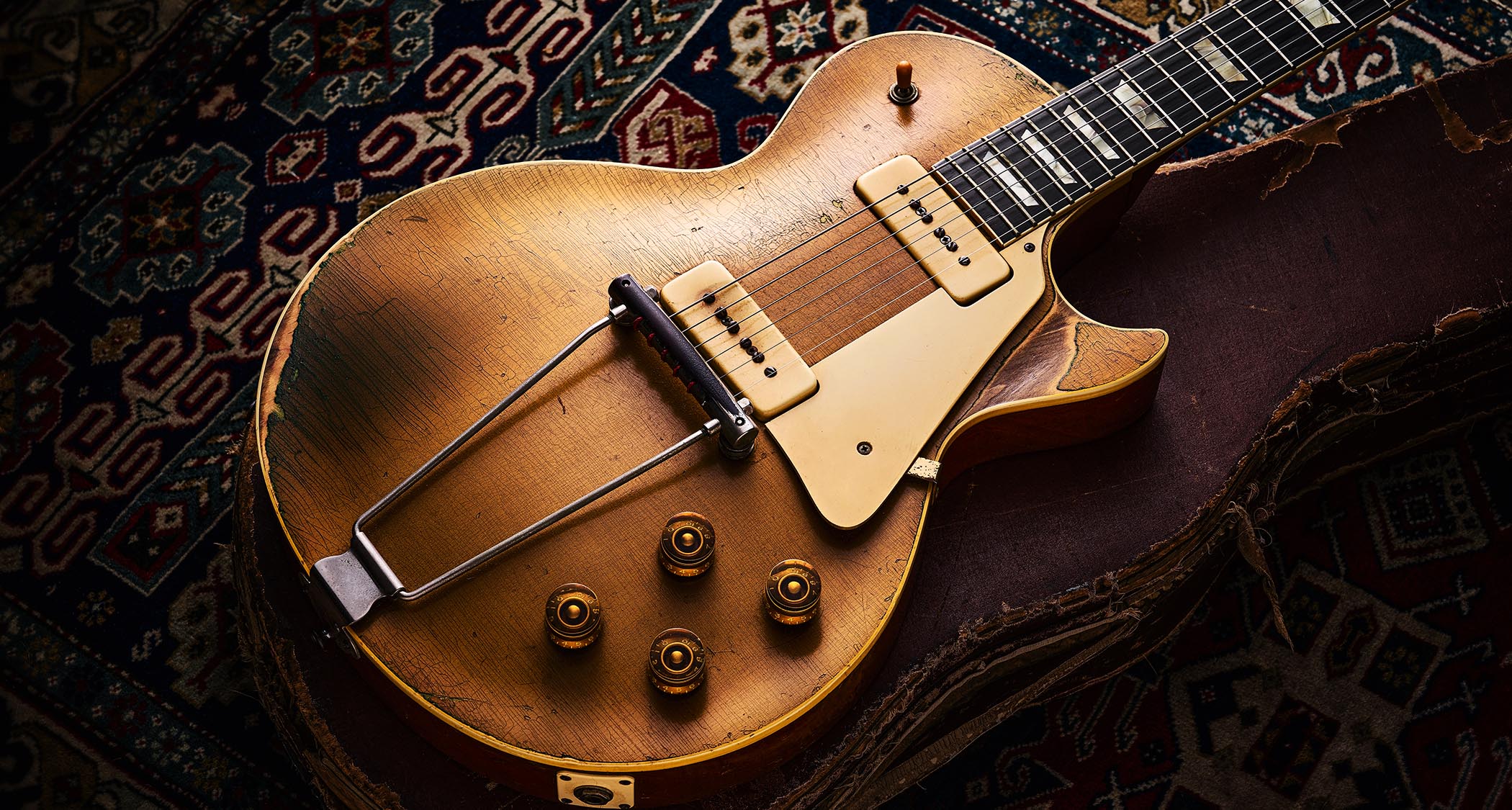
We’ve become used to Custom Colours on Gibsons, thanks to the present-day Custom Shop’s work in popularising these originally rare instruments. How integral were custom finishes and other unique or limited-run orders to Gibson’s guitar-making business back in the day?
Jason: “Well, I think Gibson’s history of custom guitars goes all the way back to the beginning – it was a special-order instrument maker. And we’ve seen examples of special-order instruments dating all through Gibson’s history.”
Not only was customisation possible from the very beginning, there was a dedicated space in Kalamazoo – I think it was the third floor – put aside for the special-order department
Mat Koehler
Mat: “Yeah, I think there’s a misconception that the Custom Shop as we know it was something that began in the 90s… To an extent, it was definitely formalised in ’93 and ’94, and became its own business unit within the company. But, like Jason said, not only was customisation possible from the very beginning, there was a dedicated space in Kalamazoo – I think it was the third floor – put aside for the special-order department.
“There would be a written correspondence with Gibson and you could request anything you wanted. If you wanted a Les Paul Special with the tenor neck, or you wanted your Les Paul black like the Les Paul Custom – but you couldn’t afford a Les Paul Custom – you’d just get a quote back saying, ‘Oh, that’ll be $5 more.’”
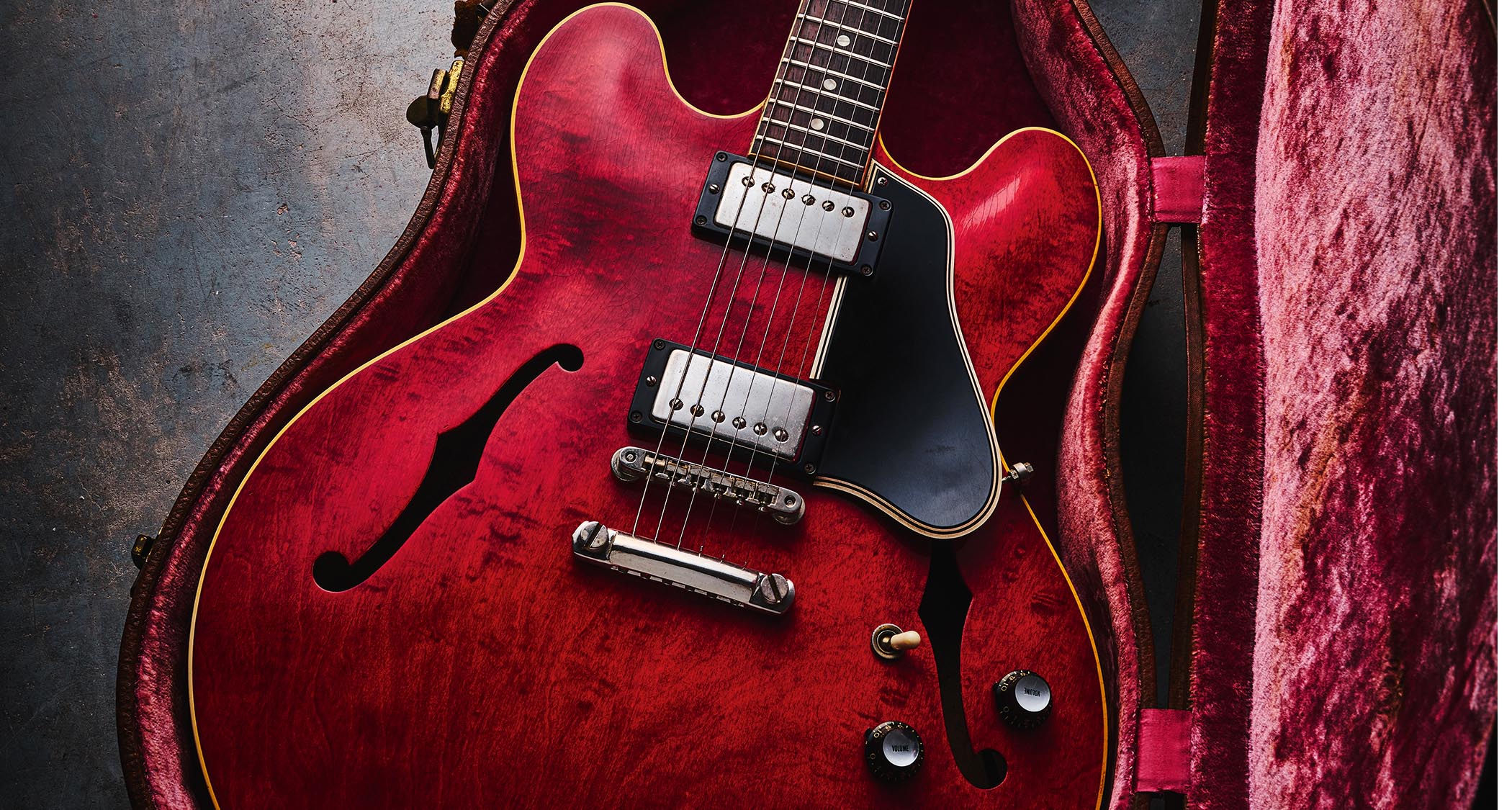
What are the most unusual ’50s and ’60s factory-built customs you’ve encountered over the years?
Jason: “I like… what was it, Mat? Torpedo Joe! That was an interesting one.”
Mat: “Yeah, that was, what, ’66?”
Jason: “Yeah, ’66.”
Mat: “This was a guitar in that dark period between when the [single-cut] Les Paul was discontinued and when we started making it again in ‘68. So there was this… somewhat Les Paul-shaped solidbody guitar that they made for this musician, Torpedo Joe [laughs].
“And then there’s the guitar that Kent Westberry ordered. He was one of a few guys in ’58/’59 who ordered a J-200 with a Bigsby-style, six-in-line headstock. So they just received the order and used an Explorer-style headstock in that instance.
“There were actually a few of those that went out in 1958 and 1959, and we used a different headstock style on pretty much every one of them [laughs]. There was not a lot of consistency. It was just whoever received the order: ‘Okay, let’s go down to the floor and see what we can make happen.’ Those are obviously very unusual, but you’d see a lot of customer-name inlays in them.”
We’ve spoken in the past how behind-the-scenes considerations shape the guitars that players eventually have in their hands – using up surplus stock of Epiphone mini-humbuckers in the Gibson Les Paul Deluxe of the early ’70s is a good example. What other production-centric things have shaped iconic models over the years?
Mat: “To me, the first thing that comes to mind is just the fact that at Gibson we believe in set-neck construction. A lot of guitarists will look at a bolt-on neck guitar, like a Fender, the same way as a Gibson in terms of their capacity to be used to create music. And absolutely they’re on par [in that respect]; it’s just that the set-neck construction is so much a part of our identity.
“But it takes so much longer to do and to set, and the neck-setting process is a whole stage of the build process within the factory environment. So, to me, that’s something that I think a lot of guitarists maybe take for granted – they forget all of the work that goes into making a set-neck guitar, especially in Gibsons. They’re definitely crafted longer than any other major brand that I can think of.”
Jason: “I would add the carved top on a Les Paul as well. A carved top is not necessary, but Gibson did it because Gibson was known for carved archtops and we could do it, and that was a differentiator back then.”
Name a major ‘crossroads’ moment in Gibson’s history when the company could have taken a very different turn to what we know today.
Mat: “I was going to say Slash…”
Jason: “That’s a good one, yeah. If Slash had picked up a Strat or something, or stuck with his BC Rich…”
Mat: “Right, yeah. Him playing a Les Paul really changed the course of the company in the late 1980s.”
Jason: “It did. I was going to say, even just a few years earlier than that, I’ve heard stories that if Gibson wasn’t bought by the previous owners in the mid-80s, it could have just been broken apart and turned into an import brand. It looked pretty bad around ’84/’85.
“Times were tough. I mean, even post-bankruptcy Gibson from 2018 – I’ve been here a long time and Mat has, too – I’m thankful that KKR and the group that did buy Gibson came in and did that because it brought in the right leadership and the right change of direction for the company, product wise, structure-wise. It could have went another way, for sure. There were a lot of other interested parties.”
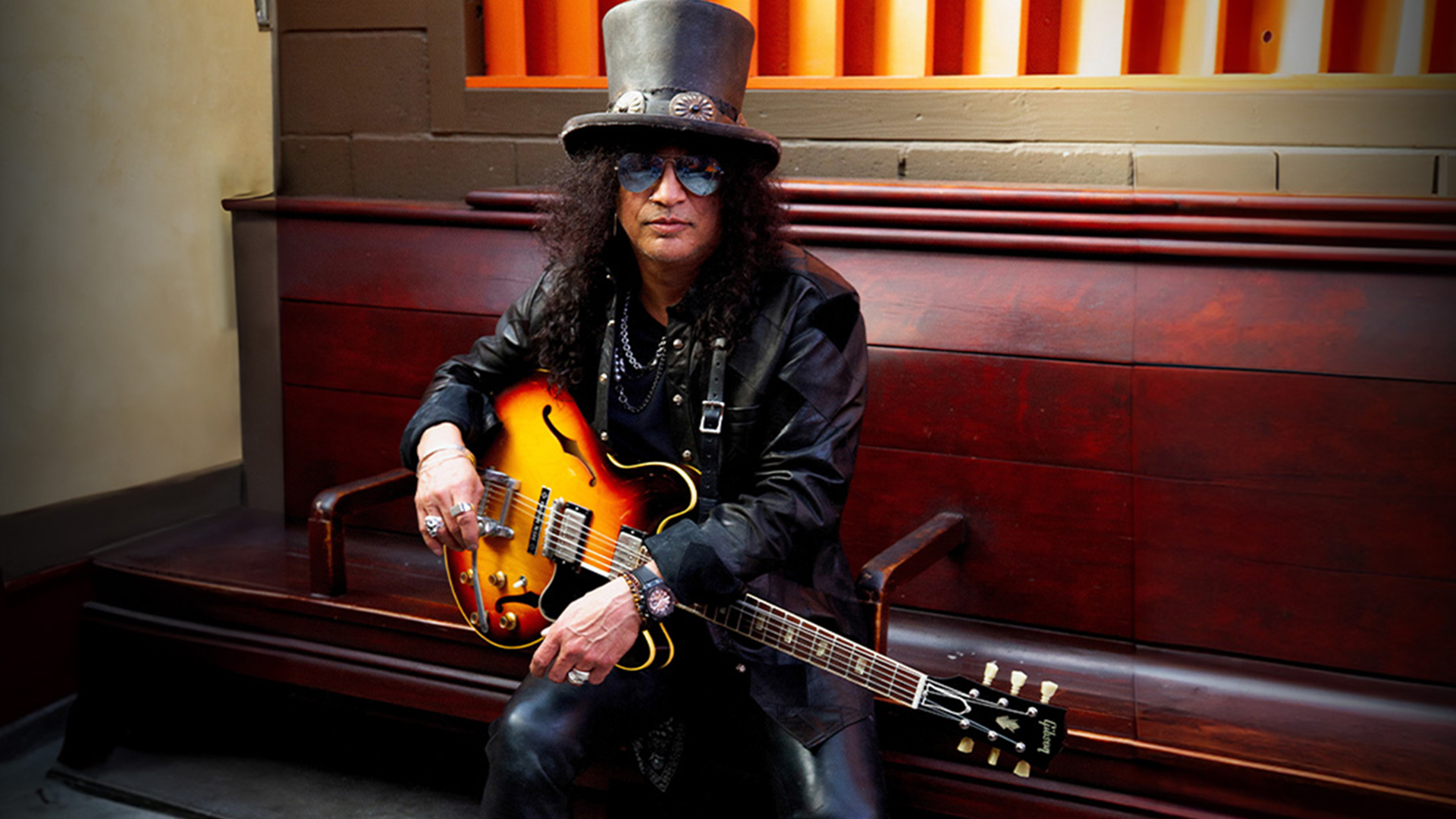
Are there any unsung heroes in Gibson’s history that you think should be better acknowledged?
Jason: “Ward Arbanas. He was a great one. One of the things he did was he ran Epiphone when Gibson purchased it, but he was still with the company up through, roughly, 1990.
“He was with Gibson through the classic years, all the way up to the modern era pretty much, and was very active throughout – you see him throughout Gibson history in documentation, in photos. I think his last role was running the customer service department, which I ran at Gibson from the early 2000s through to just a few years ago. So I feel a connection with him.”
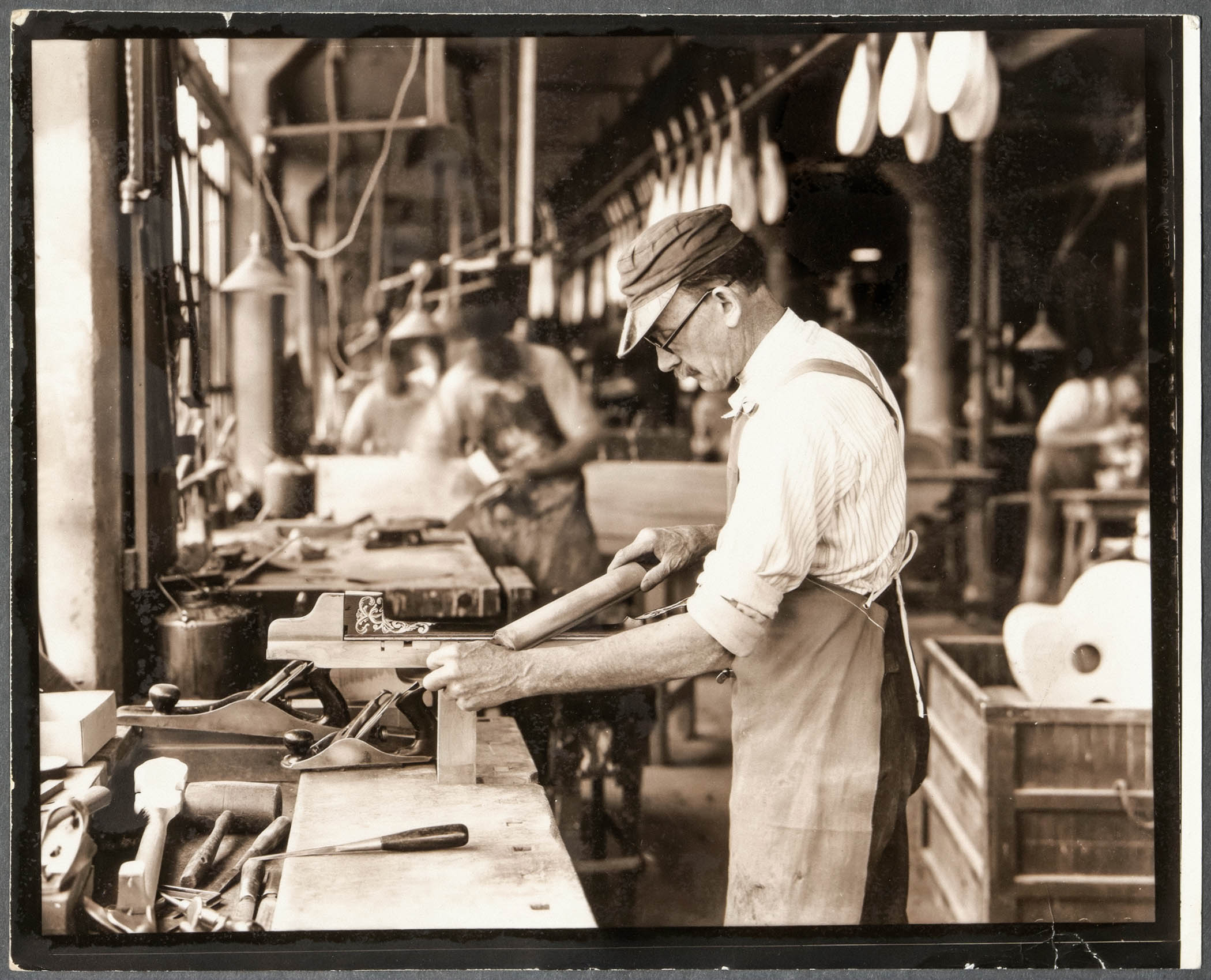
Mat: “Ward’s a great one. But I’m going to go with a modern-day hero. This individual started with the company in the Norlin days in the early 1980s. Her name is Lynn Matthews and she was the first female engineer at Gibson, probably the first female engineer in the industry, as far as she knows.
“That’s an accomplishment on its own, but she still works for the company today. An incredible legacy and she was the right-hand person to Rick Gember at the Custom Shop.
We have employees that have been here close to 50 years, since the Nashville plant opened. And it’s not just one single person, either, but a number of people
“So, all of those engineering projects, all of the historic reissue projects and whatnot, all of that was Lynn. And she’s still doing all the behind-the-scenes build and materials stuff for the Custom Shop today.
“She’s also one of the two people responsible for saving a lot of the archival materials by recognising, ‘This is important and we need to save this.’ She and Keith Medley really did a good job of safeguarding all of our historic materials when no-one else did. So she’s who I think of.”
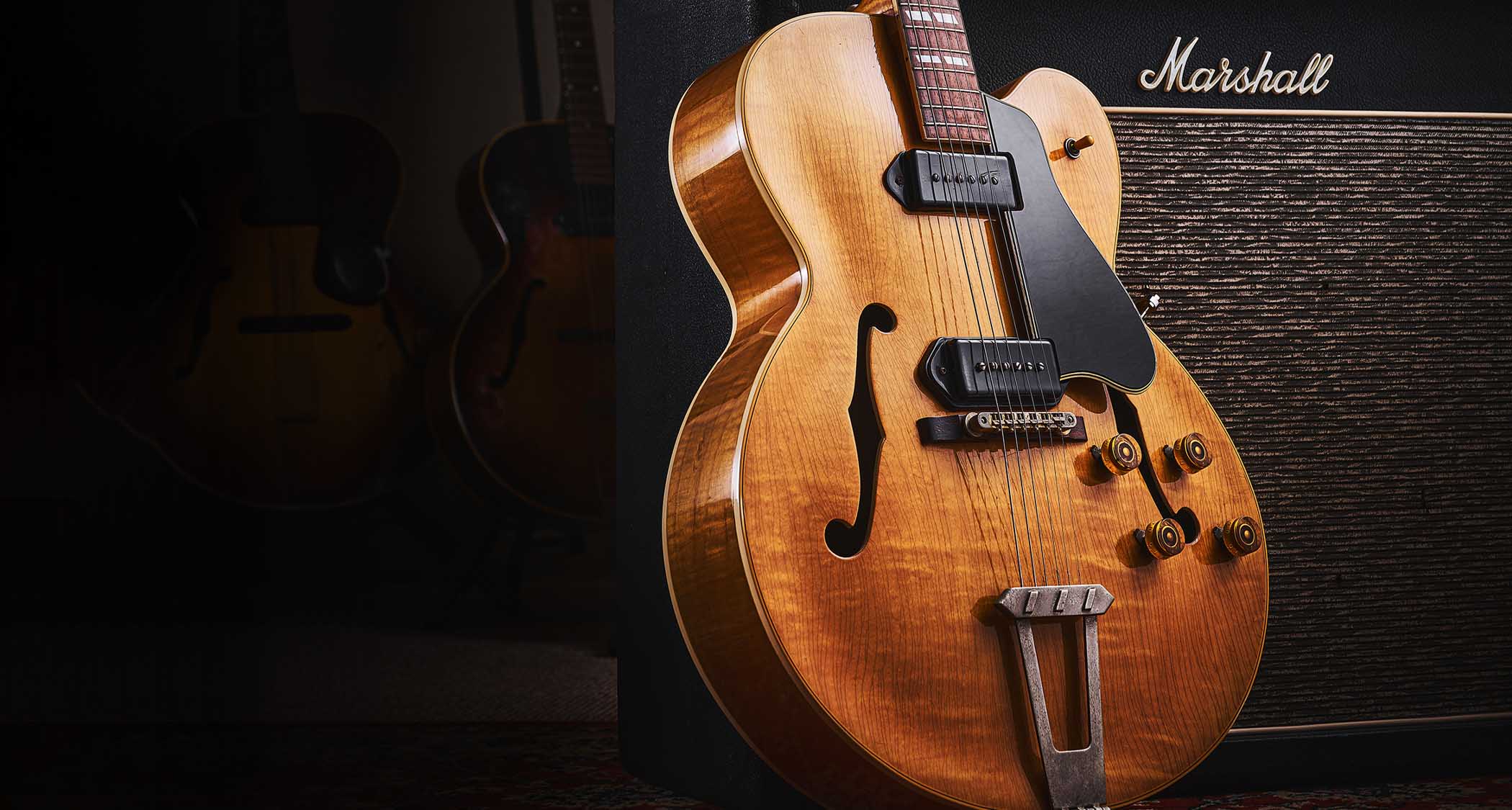
Tell us something we probably don’t know about Gibson…
Jason: “I would say one misconception you may have heard, at least under the previous ownership, is about high turnover rates – that ‘nobody lasts very long at Gibson’. Well, I’ve been with Gibson for 26 years. We have employees that have been here close to 50 years, since the Nashville plant opened. And it’s not just one single person, either, but a number of people.”
We’re a family of people who are extremely passionate about guitars and music and making instruments
Mat Koehler
Mat: “I would also say that another misconception is that we’re this [faceless] corporation. But I can tell you, on the inside, it does not feel that way. We are a family. We’re a family of people who are extremely passionate about guitars and music and making instruments.
“We just want to be the preferred choice of artists, you know? And we recognise that we’re making not only tools for artists – but the best tools that someone can possibly choose. So we feel a huge sense of responsibility to be providing that experience, and it’s palpable throughout the organisation, wherever you go.”
Jamie Dickson is Editor-in-Chief of Guitarist magazine, Britain's best-selling and longest-running monthly for guitar players. He started his career at the Daily Telegraph in London, where his first assignment was interviewing blue-eyed soul legend Robert Palmer, going on to become a full-time author on music, writing for benchmark references such as 1001 Albums You Must Hear Before You Die and Dorling Kindersley's How To Play Guitar Step By Step. He joined Guitarist in 2011 and since then it has been his privilege to interview everyone from B.B. King to St. Vincent for Guitarist's readers, while sharing insights into scores of historic guitars, from Rory Gallagher's '61 Strat to the first Martin D-28 ever made.
“These measures threaten the economic and cultural impact of U.S.-made musical instruments”: NAMM president responds to Trump's tariffs – urgently urging the administration to exempt the musical instrument market
Stevie Ray Vaughan, Simple Minds, Megadeth, the Cult and the class of 1985 – only in the new Guitar World









![John Mayer and Bob Weir [left] of Dead & Company photographed against a grey background. Mayer wears a blue overshirt and has his signature Silver Sky on his shoulder. Weir wears grey and a bolo tie.](https://cdn.mos.cms.futurecdn.net/C6niSAybzVCHoYcpJ8ZZgE.jpg)

![A black-and-white action shot of Sergeant Thunderhoof perform live: [from left] Mark Sayer, Dan Flitcroft, Jim Camp and Josh Gallop](https://cdn.mos.cms.futurecdn.net/am3UhJbsxAE239XRRZ8zC8.jpg)


